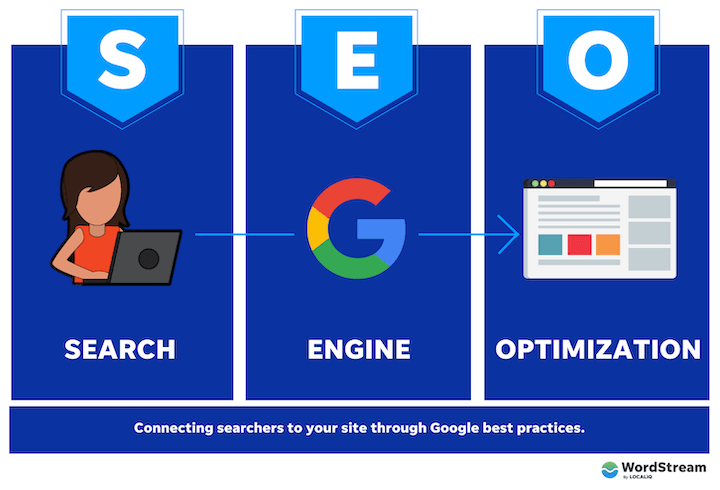What is Content Strategy
Content strategy is the planning, development, and management of content that aligns with the goals and objectives of an organization.
Search engine optimization, commonly known as SEO, is the practice of optimizing a website to increase its visibility and ranking in search engine results pages (SERPs). As the internet continues to grow and evolve, it’s becoming increasingly important to have a strong online presence. SEO is a crucial part of any online marketing strategy, as it helps businesses to drive more traffic to their website, generate more leads, and ultimately increase revenue.

If you’re looking to improve your website’s SEO, here are some tips and strategies to consider:
- Conduct Keyword Research
Keyword research is the process of identifying the keywords and phrases that people are searching for when they’re looking for your products or services. By understanding what people are searching for, you can optimize your website’s content to include these keywords and phrases, making it more likely that your website will appear in search engine results pages.
There are many tools available to help you conduct keyword research, including Google Keyword Planner, SEMrush, and Ahrefs. These tools will help you to identify keywords with high search volume and low competition, making it easier to rank for these keywords.
- Optimize Your Website’s Content
Once you’ve identified your target keywords, the next step is to optimize your website’s content. This includes creating high-quality, engaging content that includes your target keywords in a natural way.
When creating content, make sure to use your target keywords in the title, meta description, and throughout the body of the content. However, it’s important to avoid overusing keywords, as this can be seen as spammy by search engines and may result in penalties.
In addition to optimizing your content for keywords, it’s important to create content that is valuable and informative for your audience. This will help to improve your website’s engagement metrics, such as bounce rate and time on page, which are important ranking factors for search engines.
- What makes you unique?
Your competitors likely have a similar product as yours, which means your potential customers need to know what makes yours better — or, at least, different.
Maybe your main asset is that your company has been established for many years. Or perhaps you have a unique brand voice that makes you stand out from your competitors.
To prove why you’re worth buying from, you need to prove why you’re worth listening to. Once you figure that out, permeate that message in your content.
- What content formats will you focus on?
To figure out what formats to focus on, you need to meet your audience where they are.
While you may to tempted to launch a podcast since it’s grown so much in the last few years, or launch a YouTube channel, find out first where your audience lives.
Otherwise, you may waste time creating content that either won’t reach your audience or capture their attention.
Once you identify the best formats, start creating a budget to assess what resources you can allocate to execute this strategy.
- What channels will you publish on?
Just as you can create content in different formats, you’ll also have various channels you can publish to, from your website to social media.
This, again, will reflect where your audience lives. If your audience prefers long-form video content, you may opt to publish your content on YouTube. If you have a younger audience that likes quick content, you may opt for TikTok and Instagram.
We’ll talk more about social media content strategy in the step-by-step guide later in this article.
- How will you manage content creation and publication?
Figuring out how you’ll create and publish all your content can be a daunting task.
Before you execute, it’s important to establish:
- Who’s creating what.
- Where it’s being published.
- When it’s going live. In a small team, this may be easy enough as you may be the sole decision-maker. As your company grows, you may need to collaborate with several content teams to figure out an effective process.
Today’s content strategies prevent clutter by managing content from a topic standpoint. When planning a content editorial calendar around topics, you can easily visualize your company’s message and assert yourself as an authority in your market over time.